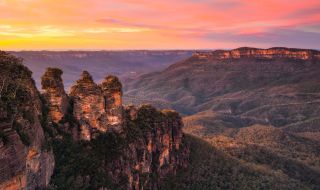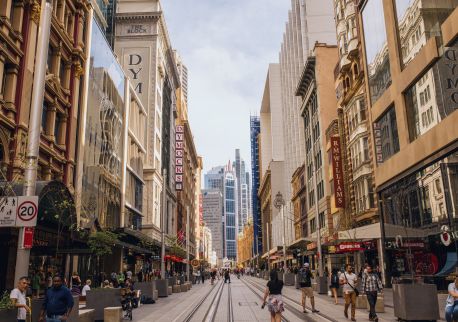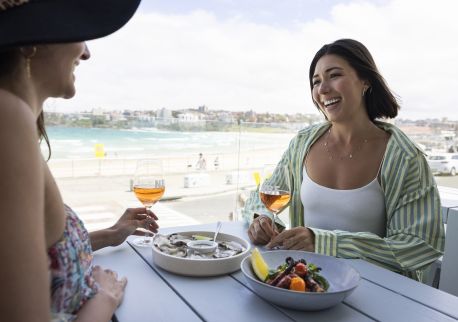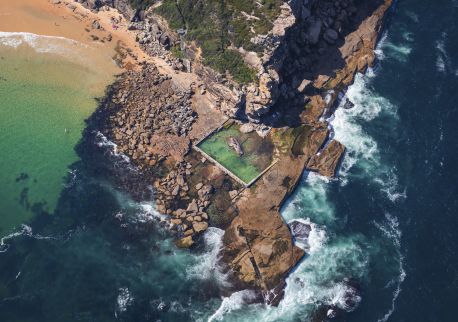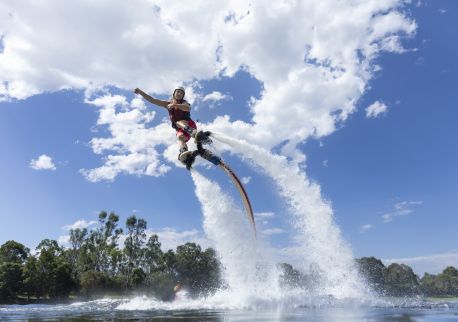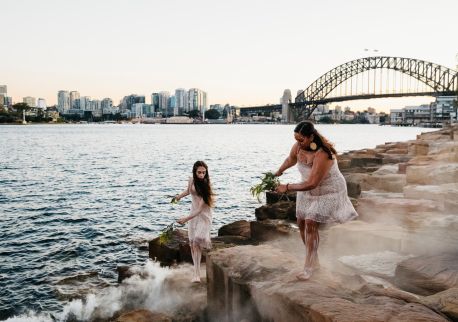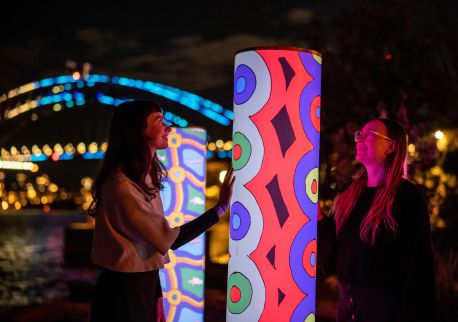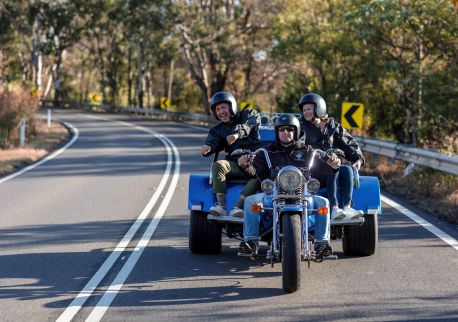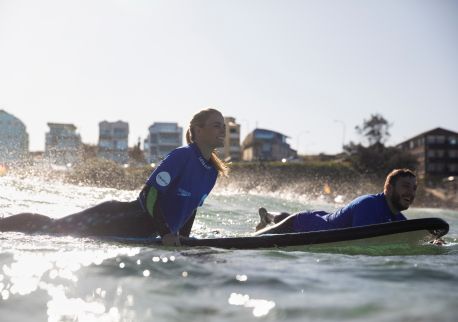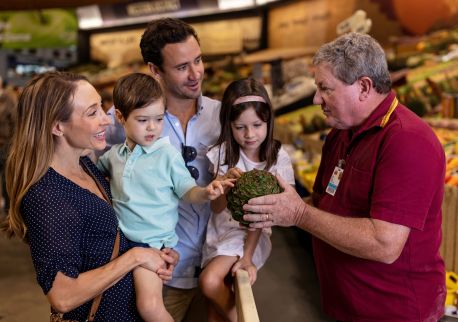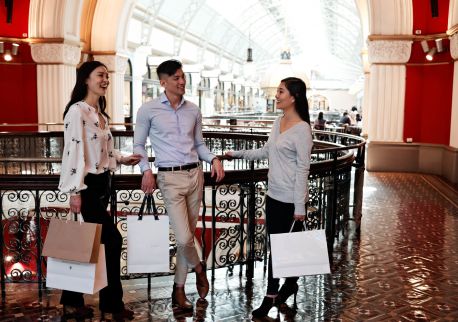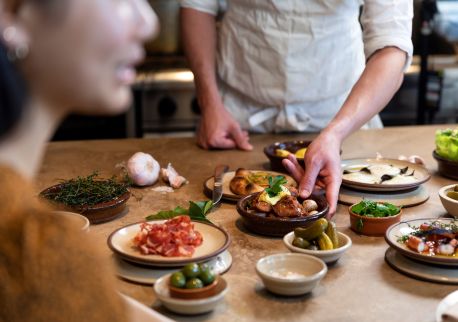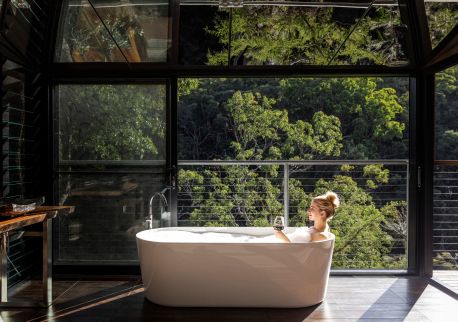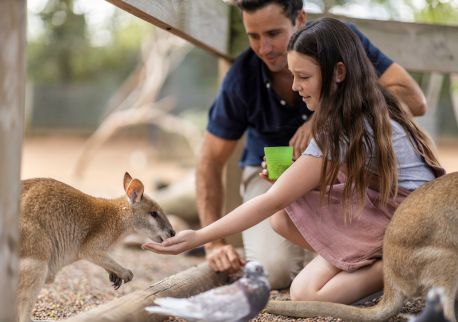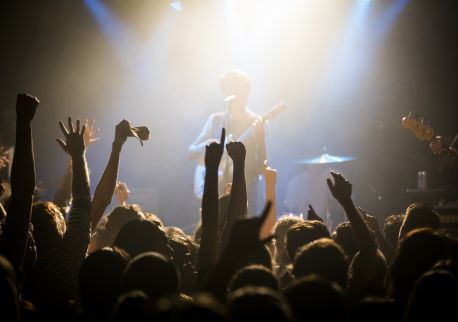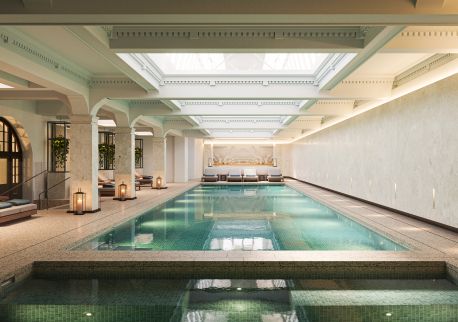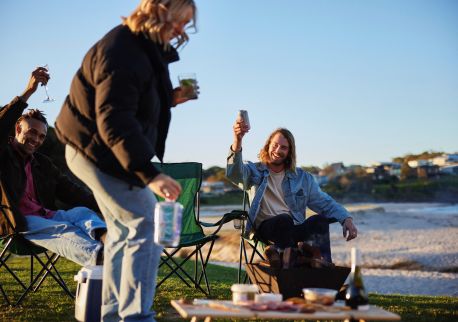Hidden Stories. Faces of our Community (Multicultural Photography Exhibition)

Overview
House to Grow, in collaboration with creative visual photographer and storyteller Pilar Lopez, is dedicated to illuminating and giving voice to the untold stories of multicultural community through the Multicultural Photography Exhibition "Hidden Stories: Faces of Our Community." Hosted at the historic Harold Park Community Hall (TramSheds), this exhibition will showcase a collection of creative photographs capturing the rich diversity and inspiring narratives of Australia.
The event will feature performances from artists of various backgrounds, engaging speakers, and children's activities, aiming to celebrate diversity and amplify the unique experiences that shape our vibrant society.
Pilar Lopez is not only a creative photographer and founder of Shooting For a Reason but also a storyteller, migrant, and CEO of House to Grow charity. With a passion for people, photography, and community empowerment, Pilar has combined these three passions into a career over the past 25 years. She is a dedicated advocate for inclusion, diversity, and equality, and has received multiple awards.
Please note that attendance is only permitted by confirmed registration.
